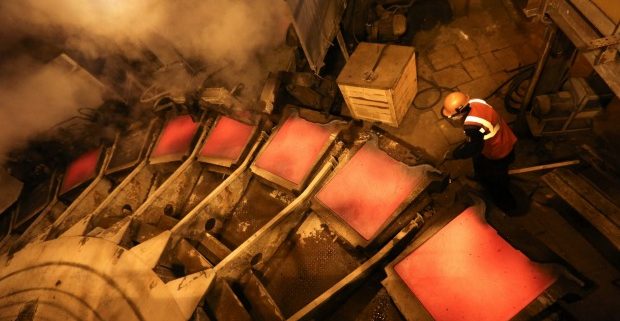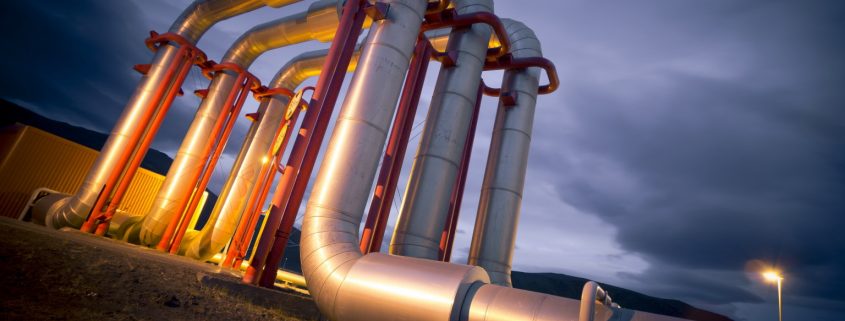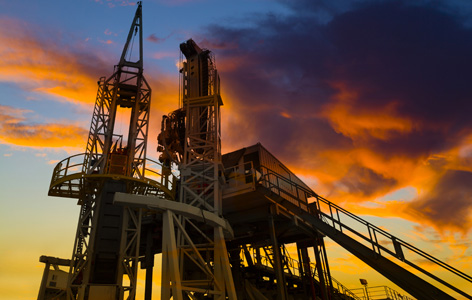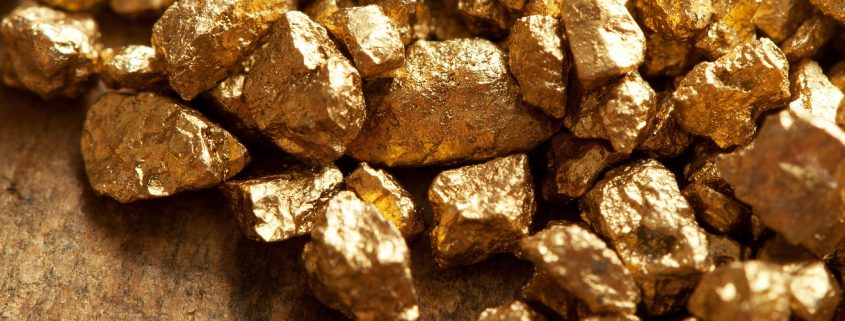COPPER forecasts in 2017
Cochilco, Chile’s copper commission, has raised its forecast for the price of the copper in 2017. Wanting to reflect the impact of global supply breaks. The commission anticipates copper price to average $2.60 per lb this year. Which is up from its previous estimate of $2.40 per lb.

A worker monitors a process inside the plant at the copper refinery of Codelco Ventanas in Ventanas city, northwest of Santiago, Chile
Meanwhile, according to Cochilco’s vp, Sergio Hernández, the move reflects the decline in global production. Mostly due to issues at Grasberg, Cerro Verde and Escondida mines. Amid such disruptions, Cochilco reduced its forecast for global copper production increase to 0.7% in 2017.
In the same time, Chile’s production should come in slightly below the 5.6 million tonnes of copper, which would represent a 0.8% year-on-year growth from 2016.
Earlier in January, the commission expected the global output to grow 2.9% this year.

Cochilco also said that it expects the copper price to remain at the average of $2.60 per lb in 2018.
“We believe that the construction market and the infrastructure and power projects in China will be reactivated until the third quarter of this year [2017].” Said Hernández, which should sustain the country’s demand for copper.
Cesco Copper week
There was a defnite improvement in sentiment at this year’s Cesco copper week in Chile. With more market participants seeing upside price potential amid tightening supply but many still erred on the side of caution.
Cesco Week 2017, the picture is bright if not overly bullish. The three-month price was above $5,900 per tonne last week. It was driven by a host of supply disruptions in Indonesia, Chile and Peru, which have removed some 200,000 tonnes of anticipated production from the market this year. The price has since eased back to $5,780 per tonne. It happened mainly due to rising inventories and the resolution of the strikes at Escondida and Cerro V erde and the temporary export agreement for Freeport’s Indonesian subsidiary. The next World Copper Conference will be in Santiago, Chile. It will happen 9-11 April 2018.
erde and the temporary export agreement for Freeport’s Indonesian subsidiary. The next World Copper Conference will be in Santiago, Chile. It will happen 9-11 April 2018.
Shanghai Future Exchange copper inventories drop 14%
Deliverable copper stocks at Shanghai Futures Exchange-approved warehouses declined by 43,543 tonnes. In percentage: 13.8% – to 271,267 tonnes as of Friday April 14 from a week earlier.
This week, R&S Logistics MHC in Shanghai saw the biggest decrease in stocks. Exactly 26,073 tonnes of the red metal exited its sheds.
Market stockpiles dropped due to active spot trading this week. With spot premiums staying in positive territory.
Copper in the physical market was traded with a premium of 25-40 yuan per tonne. As a result of which producers intend to achieve sales in the spot market rather than deliver to SHFE sheds.The Shanghai-London arbitrage window was closed today. The SHFE copper price dropped since the start of this week, although with a brief pause on Thursday, influenced by the LME complex amid concerns over geopolitical tensions.
“The decline of SHFE copper inventory indicated that consumers are dip-buying,” noted Guotai Junan. China imported 430,000 tonnes of unwrought copper and copper-fabricated products in March, 25% lower compared with 570,000 tonnes in March 2016. Info according to preliminary Chinese customs data released on April 13.
Zinc and nickel stocks down
- Shangai Futures Exchange zinc stocks declined 16,846 tonnes to 165,398 tonnes. Furthermore, SHFE nickel stocks was slightly down 146 tonnes to 84,043 tonnes.
All other base metals stocks increase
- In conclusion, Aluminium stocks climbed 5,981 tonnes over the past week to 345,942 tonnes. Lead stocks in SHFE was up 212 tonnes to 72,662 tonnes. As a result, tin stocks rose from 100 tonnes to 2,119 tonnes.




 Following, this project is worth 3.8 billion dollars, and it gained world’s attention. Yet, it happened because the Native American tribes consider this oil will damage their soil. So they sued to block completion of the final link for the pipeline through a remote part of Norh Dakota.
Following, this project is worth 3.8 billion dollars, and it gained world’s attention. Yet, it happened because the Native American tribes consider this oil will damage their soil. So they sued to block completion of the final link for the pipeline through a remote part of Norh Dakota. akota and Washington D.C. Many of them were stating the support for the tribe considering it is very important. Considering this soil pollution is a real problem for Native’s everyday life & also questioning this projects + and – parts. For example many opponents were saying assertiveness on the pipeline, and the petroleum it was intended to carry would lead to a serious climate change.
akota and Washington D.C. Many of them were stating the support for the tribe considering it is very important. Considering this soil pollution is a real problem for Native’s everyday life & also questioning this projects + and – parts. For example many opponents were saying assertiveness on the pipeline, and the petroleum it was intended to carry would lead to a serious climate change.






